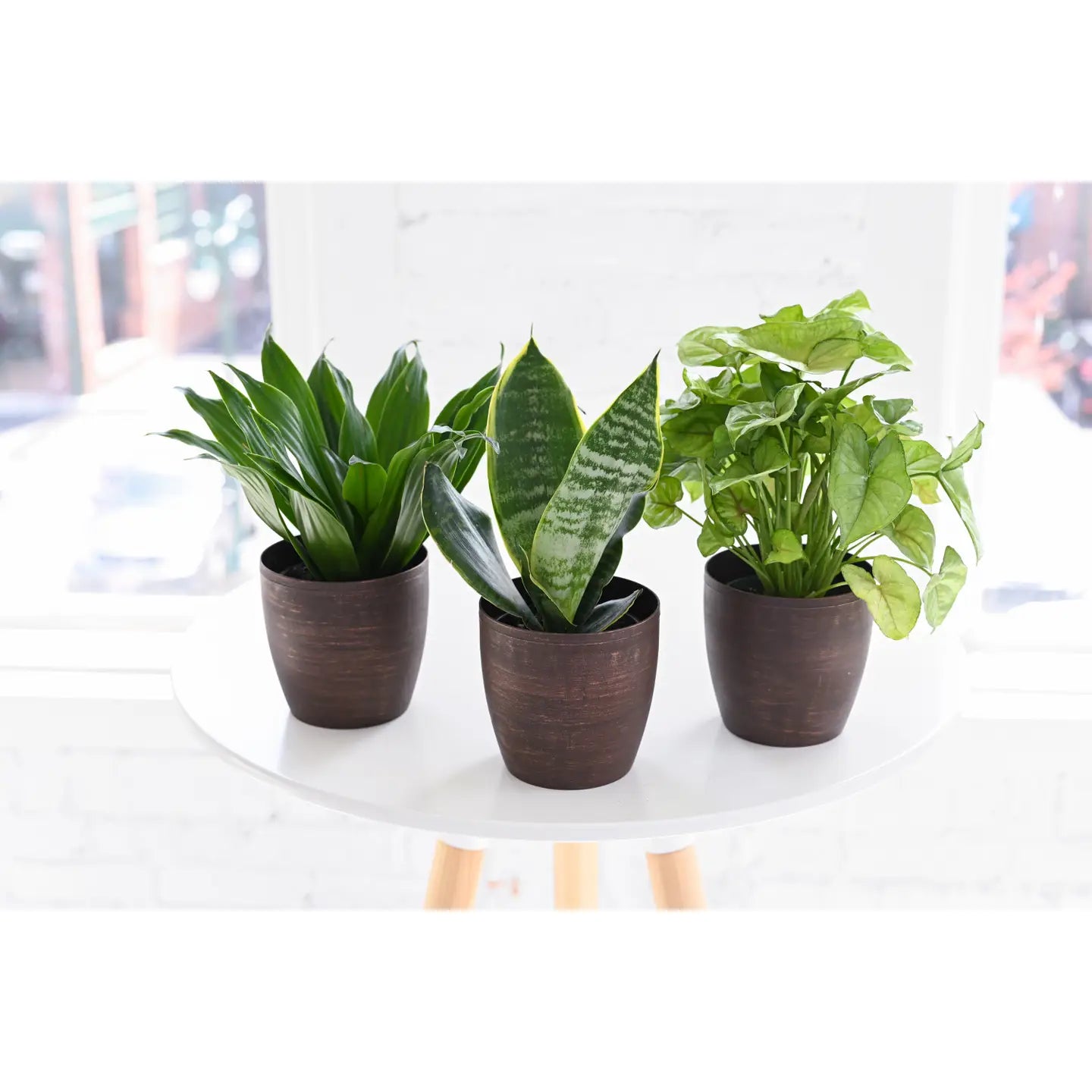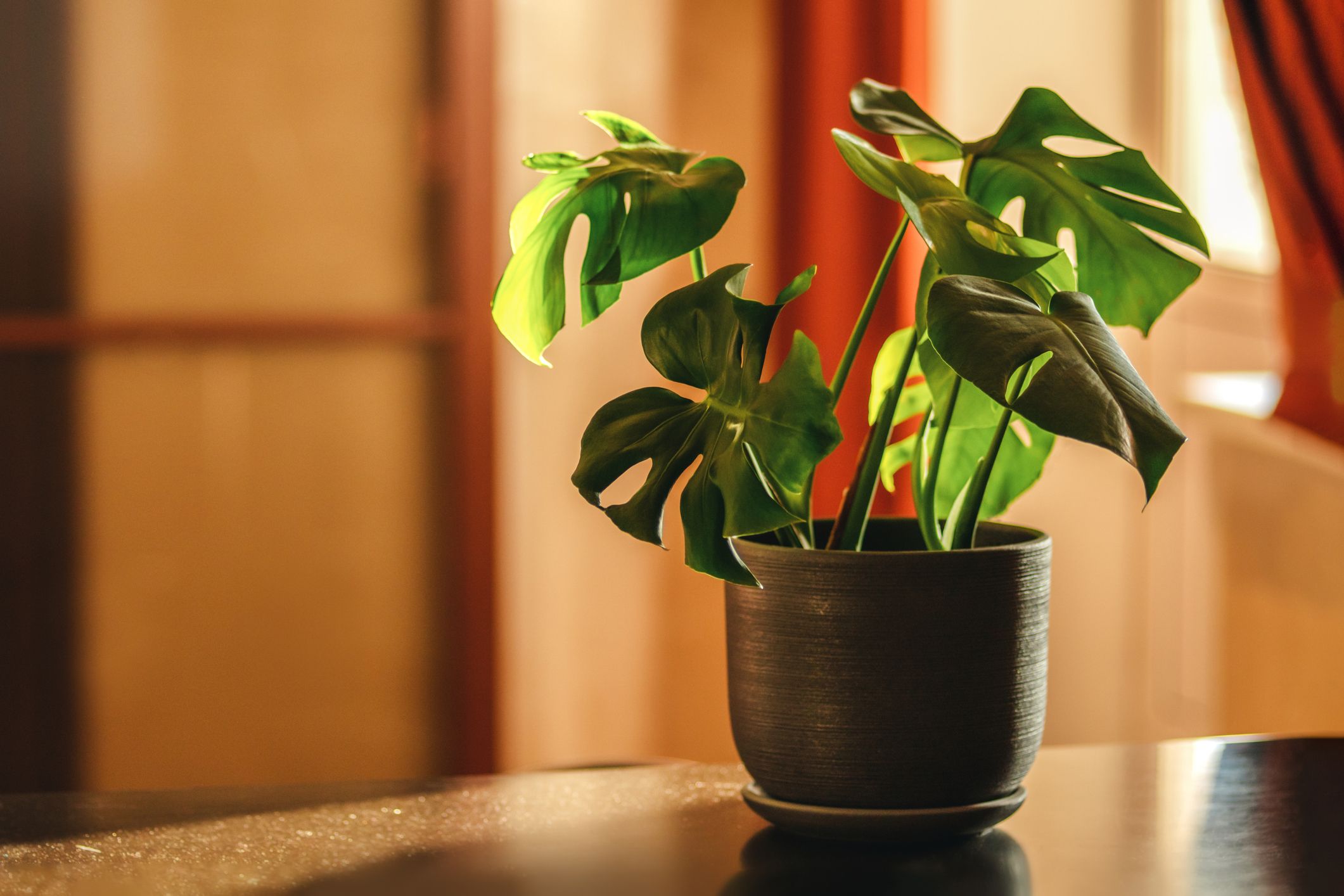The Best Low-Light Indoor Plants to Improve Your Home’s Air Quality
The Best Low-Light Indoor Plants to Improve Your Home’s Air Quality
Blog Article
Transform Your Home With Beautiful Low-Light Indoor Plants and Their Advantages
Incorporating low-light indoor plants right into your home can substantially enhance both the aesthetic and environmental quality of your home. These plants, which flourish in dark conditions, offer not only as decorative aspects yet likewise as all-natural air cleansers, making them ideal for city dwellers or those with restricted sunlight direct exposure. As we check out the various kinds of low-light plants and their advantages, you might discover surprising ways to integrate them right into your home that can change your surroundings in methods you might not have anticipated.
Advantages of Low-Light Plants
Low-light plants offer numerous benefits for interior environments, making them a superb option for both novice and experienced gardeners. Among the primary benefits is their versatility to low-light conditions, allowing people to boost their living areas without the requirement for comprehensive sunshine exposure. This particular makes them suitable for houses, offices, and various other locations with minimal all-natural light.

Furthermore, integrating low-light plants into home decoration can boost the visual charm of a room. Their rich foliage and differed textures produce a soothing atmosphere, adding to general wellness. The visibility of plant has actually been connected to decreased anxiety levels and boosted productivity, making low-light plants a functional option for improving both physical and psychological health in interior settings.
Top Low-Light Indoor Plants
While lots of interior plants flourish in intense light, numerous types are particularly appropriate for low-light conditions, making them perfect for numerous interior rooms. One prominent option is the Snake Plant (Sansevieria), known for its striking upright fallen leaves and durability, needing marginal care. One more excellent alternative is the Pothos (Epipremnum aureum), which features heart-shaped leaves and can route magnificently from shelves or hangers, thriving in low light and adding a rich touch.
The ZZ Plant (Zamioculcas zamiifolia) is commemorated for its glossy leaves and ability to hold up against neglect, making it excellent for busy way of livings. The Peace Lily (Spathiphyllum) not just endures low light however also generates sensational white blooms, boosting any type of area's aesthetic.
For a distinct touch, consider the Cast Iron Plant (Aspidistra elatior), which without a doubt meets its name, prospering in the darkest corners of your home. Finally, the Chinese Evergreen (Aglaonema) offers a range of leaf patterns and colors while being extremely forgiving in low-light conditions. These plants not just beautify indoor settings yet also contribute to air purification, enhancing your space.
Treatment Tips for Low-Light Plants

Watering techniques are critical; these plants commonly choose a little dry conditions. Overwatering can cause root rot, so guarantee that the top inch of soil is completely dry prior to watering once more. Use pots with drain holes to enable excess wetness to run away.
Humidity is another important factor. Many low-light plants, such as brushes and tranquility lilies, benefit from higher humidity degrees. To boost humidity, take into consideration misting the fallen leaves or placing a tray of water near the plants.
Fertilization needs to be approached with caution. Throughout the expanding period, utilize a diluted, well balanced liquid plant food on a monthly basis to sustain growth, however stay clear of fertilizing during the dormant wintertime months.

Innovative Ways to Present Plants
Interior plants can serve as fascinating prime focus in any room, improving both aesthetic allure and ambiance. Innovative displays can raise the visual effect of low-light plants, making them an indispensable part of your home decor. One reliable method is to use tiered plant stands, which enable you to display numerous plants this website at varying heights while maximizing floor space.
Hanging planters are another cutting-edge alternative, producing a sense of depth and attracting the eye up. Think about macramé wall mounts or wall-mounted shelves to present a special structure and design.
For an extra structured method, use geometric terrariums or glass containers to house your plants, including a modern-day touch to your indoor garden. You can likewise repurpose classic products, such as teacups or wooden dog crates, for a diverse screen that mirrors your individuality.
Enhancing Home Atmosphere With Plants
Incorporating low-light plants right into your home not just improves visual charm but also contributes substantially to the total ambiance. These plants work as all-natural design elements, presenting a feeling of peace that can change any kind of area. The presence of plant cultivates a calming ambience, which is especially valuable in high-stress settings such as home workplaces or living spaces.
Low-light plants, such as serpent plants, pothos, and ZZ plants, are not just visually pleasing however additionally enhance interior air high quality by filtering system contaminants. This dual function enhances the setting better, creating a healthier space (Best low-light indoor plants). The tactical positioning of these plants can likewise influence the assumption of room; for instance, tall plants can draw the eye upward, making ceilings show up higher and spaces much more roomy
Moreover, varying appearances and colors of foliage add depth to interior decoration, permitting innovative expression in home designing. Whether put on racks, in edges, or as centerpieces, low-light plants can elevate the mood of any type of area. In recap, incorporating these plants into your home is an efficient way to promote a cozy, welcoming atmosphere while reaping the advantages of improved air high quality and aesthetic versatility.
Conclusion
Integrating low-light indoor plants right into home environments provides many advantages, including enhanced aesthetic appeal and improved air quality. These resilient plants, such as Look At This the Serpent Plant and Tranquility Lily, need marginal light and upkeep, making them ideal for diverse lifestyles. Their ability to filter pollutants adds to a healthier home, while their varied textures and shades enhance interior decor (Best low-light indoor plants). Eventually, the addition of low-light plants fosters a calm and welcoming setting, changing any type of home right into a serene oasis.
While lots of indoor plants grow in intense light, numerous species are specifically appropriate for low-light problems, making them ideal for different indoor areas. One efficient approach is to use tiered plant stands, which allow you to showcase several plants at differing elevations while maximizing flooring area.
Low-light plants, such as serpent plants, pothos, and ZZ plants, are not just aesthetically pleasing but likewise improve find out here indoor air top quality by filtering contaminants. Best low-light indoor plants. The calculated placement of these plants can additionally influence the assumption of area; for instance, high plants can draw the eye upwards, making ceilings appear greater and spaces a lot more large
These resilient plants, such as the Serpent Plant and Peace Lily, call for minimal light and upkeep, making them suitable for diverse lifestyles.
Report this page